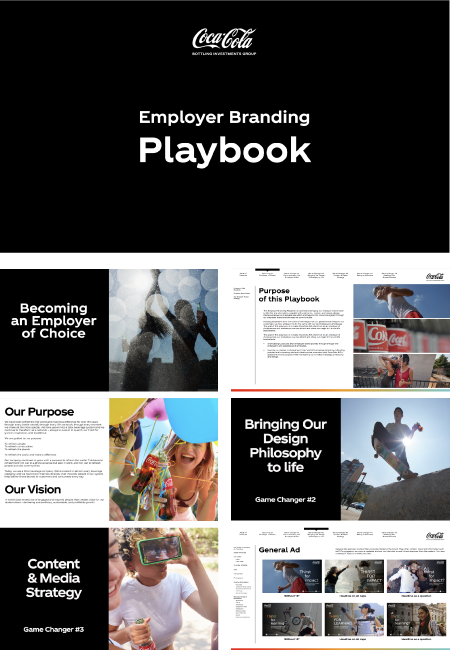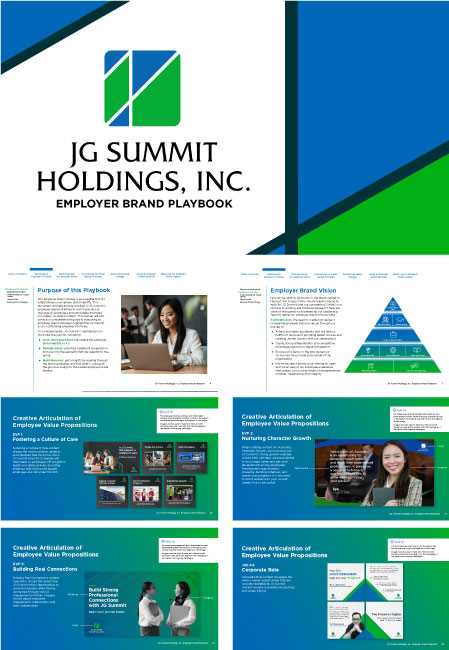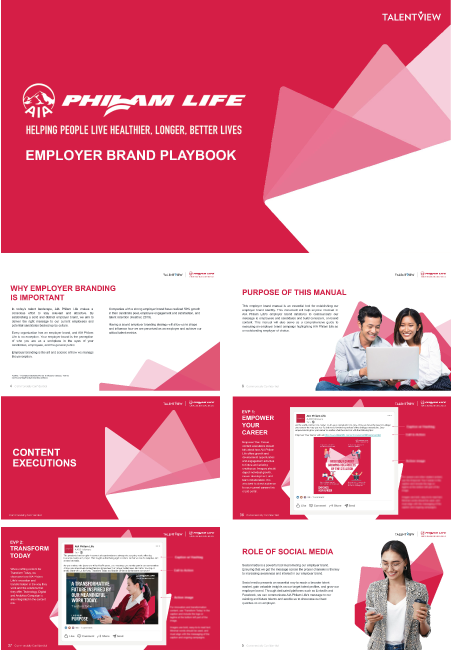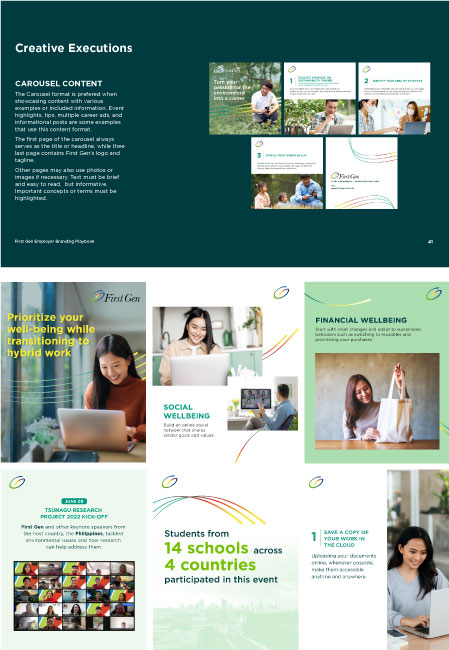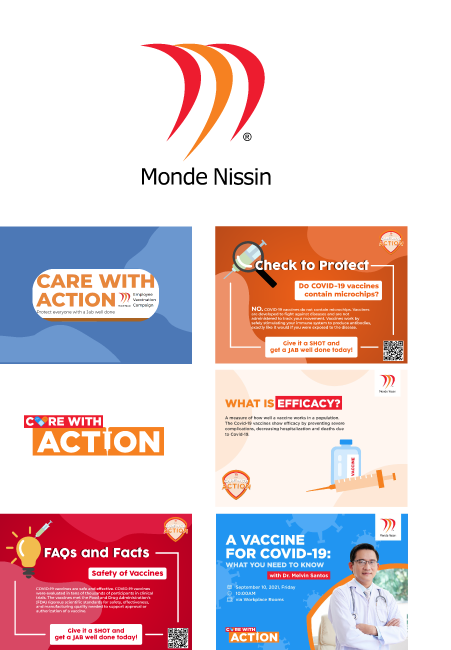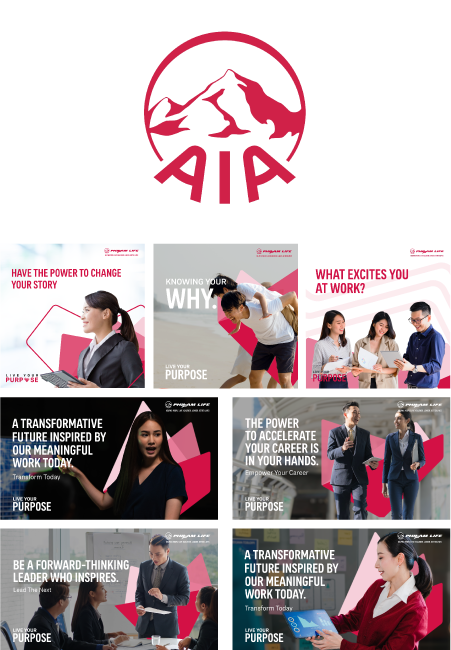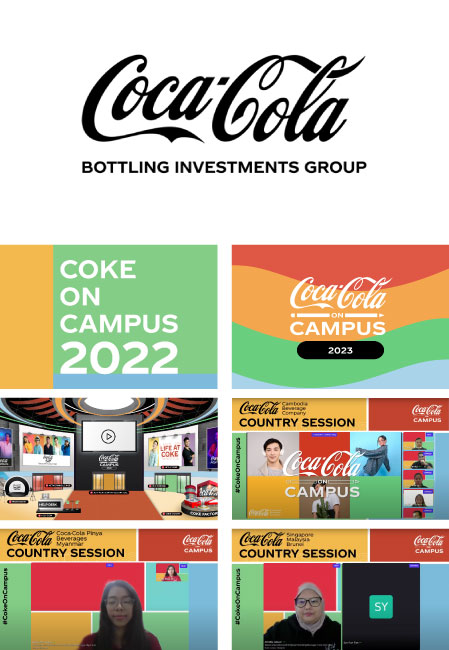7 best internal communication tools
A successful internal communication strategy is essential for the smooth, healthy and productive running of your business. We explore the top tools to use, the common mistakes to avoid and how to get it right.

Internal business communication is the flow of information throughout your organization. Done well, it creates a powerful network of intelligence that connects international offices, far-flung teams and individuals working remotely anywhere in the world. And it allows everyone to work effectively and deliver on business objectives.
As a cornerstone of employee engagement, it also builds trust and loyalty, mutual respect and gives your people a voice.
In the past, internal communications revolved around the people at the top telling those below what to do – and it was a largely paper-based approach. Today, dialogues have replaced monologues. Printed material is just one strand of the conversations that happen across multiple platforms and serve many different purposes, from crisis and change management to weekly company updates and team building.
A well-considered internal communications strategy is essential to make the most of the opportunities a proper company conversation presents for your organization.
Why is internal communication important for your business?
Poorly done, internal communications costs you time, money – and potentially, your customers.
Research shows 86% of employees and executives cite a lack of effective collaboration and communication as the leading causes of workplace failures.1 Without clear communication, goals and objectives remain unclear or unstated. This leaves room for misinformation and increases the likelihood of mistakes and misunderstandings.
Change causes stress and uncertainty rather than offering possibility, and a crisis can be disastrous without clear communication that coordinates decisive action and brings everyone together.
Being out of the loop also causes employees to feel neglected, undervalued or misled. As well as affecting productivity, this impacts morale, leading to a higher staff turnover.
According to The Society for Human Resource Management (SHRM), it costs an average of six to nine months of an employee's salary to replace them.2 But it's not just about the money. When people leave, it causes disruption and potential negative impact if they're critical to others about how you run your business.
Poor internal communications can also affect your customer relationships. Suppose your employees aren't on the same page or they're unclear about key messaging and company values. In that case, the customer service they deliver will probably be inconsistent and even harmful to your brand.

Successful internal communication often relies on the mix of tools you use.
What makes internal communications effective?
Having the latest tools and software means nothing if your people don’t understand the value of timely, accurate and relevant internal communications.
Companies with effective internal communications often share these characteristics:
Know what excellent looks like and has flexible goals for achieving it
Believe in the value of inclusive, two-way conversations
Facilitate vertical and horizontal communications between peers as well as managers and direct reports
Put time, energy and resources into achieving effective internal communications
Have established metrics to measure the effectiveness of its strategy
Review and make changes where it falls short
Common internal communication mistakes
Poor communication can do more harm than good. At the very least, it’s a waste of your time and resources. To create a watertight internal communications strategy, step one involves knowing what not to do.
Here are five of the most common internal communication pitfalls.
1. Lack of clarity
The most effective internal messaging is usually straightforward, simple and delivered in bite-sized chunks. Expecting people to digest vast amounts of complicated detail makes it more likely they'll switch off or forget key points.
2. Not being specific
There’s a range of internal communication tools available. Choose the most appropriate for your audience and keep your messages targeted.
Ask yourself these questions. What do you need to say? When do you want to say it? And who are you trying to talk to? Understanding what’s relevant to people and knowing how they like to communicate is essential - an email is very different from a lunchtime webinar or a Q&A. And always think about feedback. Do you need it? How will you collect it? And what will you do with it?
3. Saying something once – and not providing updates
Communication is an ongoing process. Important messages bear repetition to ensure everyone's on board and understands what you're saying. Share the news in different formats and at different times, and don't forget to follow up when you say you will (even if it's simply to say nothing's changed).
4. Not making the most of feedback
From frontline workers to members of the board, do you know what your people really think? The challenge of remote work and physical distancing has made it more critical to listen to employees and "closing the feedback loop" with an appropriate response. However, recent research reveals that the ratio of talking to listening is still mismatched - with 90% talking and just 10% listening.
5. Assuming a trickle-down effect
There's an assumption that if you inform your key people, the facts will filter down to the whole organization. That ain't necessarily so. Aside from being difficult to track with today's scattered workforce, it's an unreliable approach at best. Not only can some people not receive vital information, subsequent personal interpretations can lead to confused or incorrect messaging.
Top 7 digital internal communication tools
For many companies with remote, deskless or frontline workers, digital is now the go-to approach for sharing information and gathering feedback. But there's an art to creating an effective internal communications strategy.
In part, this involves understanding the strengths and weaknesses of the different platforms at your disposal. You also need to engage people, which means creating a robust and high-quality content mix.
So how can you make the most of the digital communication tools available? Here’s an overview of seven of the most popular.
Mobile apps
We check our smartphones every five minutes, with only 11% of these interactions prompted by an alert. This makes company-branded mobile apps an obvious choice for personalized internal communications.
When UK transport company Stagecoach introduced an app for their customer-facing workforce, 84% used it within the first week and the company saw an increase of 32% in employee satisfaction.3
Pros: With push messaging and alerts, important updates are likely to be viewed almost immediately – and this includes frontline or remote workers who may not have a company email or fixed workplace. You can also use apps to gather feedback and invite social sharing, increasing employees' sense of belonging.
Cons: If the app features user-generated content or invites feedback, you'll need to moderate it, and it should also tick the necessary data privacy boxes. Also, remember that it takes time for people to recover after every interruption at work4 – so schedule your updates wisely and don't inundate employees or they'll turn off notifications.
- Online polls and surveys
Anonymous polls and surveys give your workforce a voice. They also help you gauge the temperature of employee satisfaction and company culture in real-time. And when you listen to people, they're more than four times more likely to give their best professionally.5
Pros: Anonymity allows for greater openness, directing employers towards specific pain points within their organization and empowering employees to ask for what they need. A series of quick pulse surveys may also be a more accurate measure of employee satisfaction than the relative infrequency of in-person appraisals.
Cons: You need to send surveys frequently to be effective. That can be time-consuming, lead to survey fatigue and add to workloads. And if you don't act on feedback, it can decrease morale. Poorly worded or leading questions or a flawed analysis of the results can also paint a false picture or allow you to dismiss genuine concerns - 80% of employees said xxx, so we don't need to worry about the other 20%...
- Online collaboration tools
From cloud file storage to task and project management, instant messenger to video conferencing, online collaboration tools bring disparate teams together. And according to Gartner, nearly 80% of workers are now using them.
Pros: Accessible on mobile devices, desktops and laptops, Mac and PC, cost-effective and flexible collaboration software keeps employees in touch – and increases productivity by up to 25%. The range of integrations with third-party services and apps also offers the potential for a flexible, personalized solution for your business.
Cons: With relatively little personal contact, there's a risk of employees feeling disconnected or unclear about their roles. Delays in responses can also hold up progress, and ultimately, being connected 24/7 can blur the boundaries between home and work.
“Viewers retain 95% of a message in video format compared to the 10% acquired through text. ”
Video
With employees at home or on the other side of the world, video reduces the great divide in terms of distance and internal hierarchies. Forty-eight percent of employees see it as the most engaging form of communication.6
Pros: Video is versatile. CEOs can use it to share their hot take on a new corporate partnership and sales teams can use it to share new e-learning courses that teach global teams about a new product. But it's also memorable. Viewers retain 95% of a message in this format compared to the 10% acquired through text.7
And by using software that enables people to comment when they watch webinars or a Q&A, you can more easily turn a broadcast into a two-way conversation. It's a unique opportunity for employees to engage with the C-suite, who they may never actually meet in person.
Cons: As with all creative mediums, if you produce poor content, it can reflect poorly on leaders and managers – and, for accessibility purposes, don't forget to include subtitles. It needs to be concise too. TED talks, for example, are no longer than 18 minutes. Enough time, "to be serious and short enough to hold people's attention," observes TED curator Chris Andersen.8
- Emails
One of the first digital mediums for internal communications is still going strong in many organizations. The often cited McKinsey Global Institute analysis from 2012 reports that the average professional spends 28% of the working day reading and answering email.9 And although new apps and communication software claim to have reduced the importance of (and reliance on) email, it's still a very big part of the working day. But should it be?
Pros: Accessible on any device, email is easy. It's a simple way to share videos, graphics and surveys. Engaging subject lines, an appealing design, and careful targeting can still have meaningful cut-through within the communications mix.
Cons: A never-ending stream of emails can be overwhelming. So much so, that employees begin to ignore messages. This fact prompted Bayer VP Mary Lou Panzano to measure the number of emails her team didn't send to employees.10
Any messages out of line with strategic priorities were cut, helping the critical information to land. And remember Miller's Law which states that we can only hold seven items, plus or minus two, in our short-term memory. It's probably a good idea to avoid long, rambling emails, too. Oh, and stop being so formal.
Podcasts and audio recordings
Audio offers a 'listen on the go' approach to internal communications, so it's ideal for any employees who spend time out on the road (or starting to commute a few days a week again). According to the Nielsen Podcast Insights, 80% of listeners stay tuned for all or most of each episode of a podcast.11
Pros: Quick, easy, and relatively inexpensive to produce compared to video, podcasts can be regular or provide short-term support for a launch or campaign. Deloitte's The Green Room podcast included expert interviews and company research and was produced externally. This allows people outside the company to listen in too.
Cons: Podcasts need to be a good cultural fit for your business. They also need to be made specifically for that medium. A recording of a presentation that includes slides will be frustrating for a listener without visual aids. You should also consider accessibility for the hearing impaired and provide transcripts where you can.
Intranet
Designed to be a hub of employee information, some companies still place their intranet at the center of internal communications, using it as a library of helpful resources.
Pros: An intranet gives employees easy access to important company information, like HR policy or news updates. For brands such as Hershey's a single intranet hub proved influential in making employees feel more connected, particularly with an accompanying app.12
Cons: But do people use them? A famous 2012 survey by Prescient revealed that only 13% of employees use their intranet daily, while 31% never use it at all.13 Old, unsupported software, infrequent updates and usability issues tend to lie behind this lack of engagement. And also because, in most cases, it's a static form of one-way communication.
This article first appeared in Workplace Blog:
7 must-do’s to connect and empower Employees


TalentView is a leader in employer branding strategy, design and technology. With teams across the ASEAN region, TalentView’s professional solutions help to create memorable experiences across the talent lifecycle to attract, engage and retain talent. Working directly with business leaders in Fortune 1000 companies, TalentView is well-positioned to provide talent insights and is an accredited partner of key global players including Workplace from Facebook, Talegent, Indeed, Hootsuite, Digimind and PhoenixATS.
Copyright © TalentView Asia, 2023 | Privacy Policy





